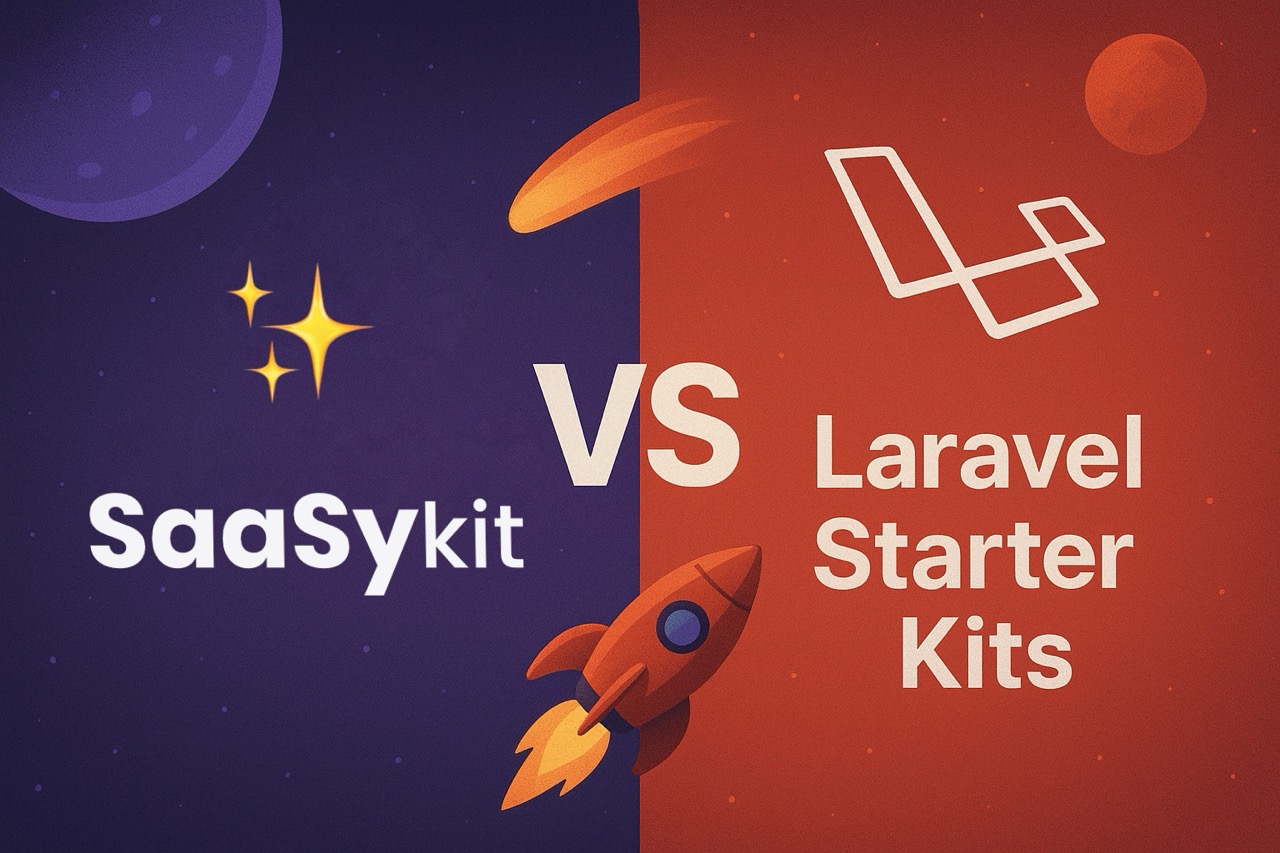How to Clear Laravel Cache

Efficiency is the backbone of any successful application, and Laravel, one of the most popular PHP frameworks, understands this principle well. In its pursuit of enhancing performance, Laravel uses caches as a strategic tool. These caches serve as repositories for crucial data elements within your application, ranging from views and routes to events and beyond.
In this Laravel Tips post, we are going to see how to clear each type of cache.
Clear Application Cache
To clear application cache, you can use the following artisan command:
php artisan config:clearTo clear a certain application cache entry, use the following command:
php artisan cache:forget [cache-key]Replace [cache-key] with the key of the cache entry you want to remove.
You can also remove "stale" cache tags (works only with Redis cache) using the following command:
php artisan cache:prune-stale-tagsClear Config Cache
To clear the Laravel config cache, use this command:
php artisan config:clearAfter clearing the config cache, you might want to rebuild it using this command:
php artisan config:cacheClear Route Cache
To clear the route cache, use the following command:
php artisan route:clearAfterwards, you might want to run the following command to re-cache the routes:
php artisan route:cacheClear View Cache
Laravel compiles the views and caches them for faster rendering. To clear view cache:
php artisan view:clearTo rebuild the view cache:
php artisan view:cacheClear Event Cache
Laravel caches discovered events and listeners. To clear that cache:
php artisan event:clearAfter clearning event cache you might want to rebuild it using:
php artisan event:cacheClear Cache Programmatically (using code)
Laravel offers a cache API that allows you to clear the application cache using PHP code in case you want to do that.
To clear a certain cache entry (with key):
Cache::forget('key');
// or
cache()->forget('key');To clear all cache:
Cache::flush();
// or
cache()->flush();Bonus: Optimize
Laravel comes with a new command which caches routes, configs, views and events. So you might rung that command after clearing any of those caches in order to rebuild caches and optimize your application:
php artisan optimize


